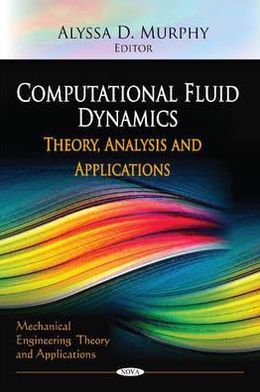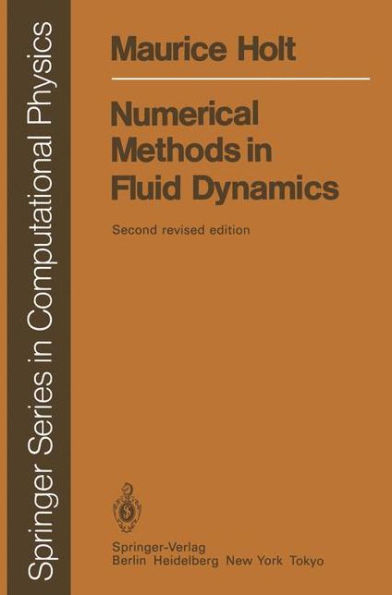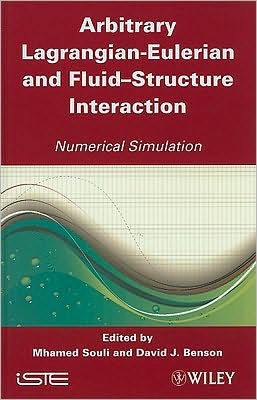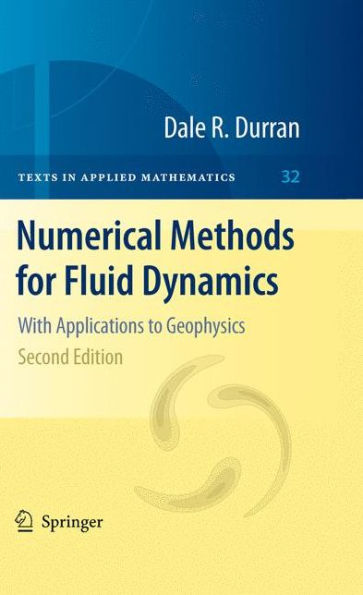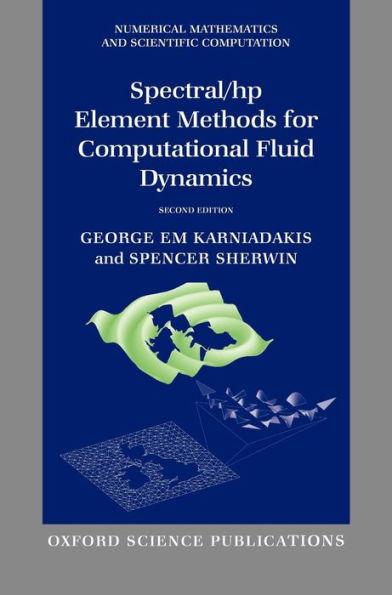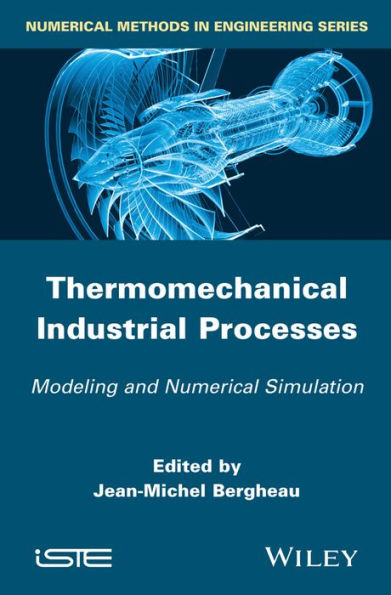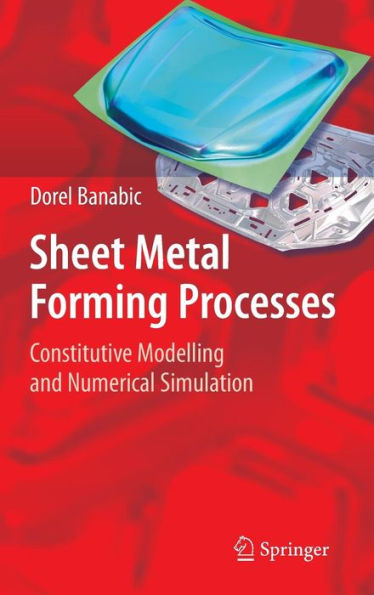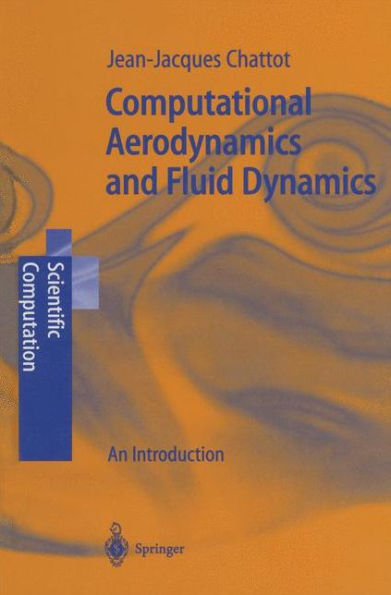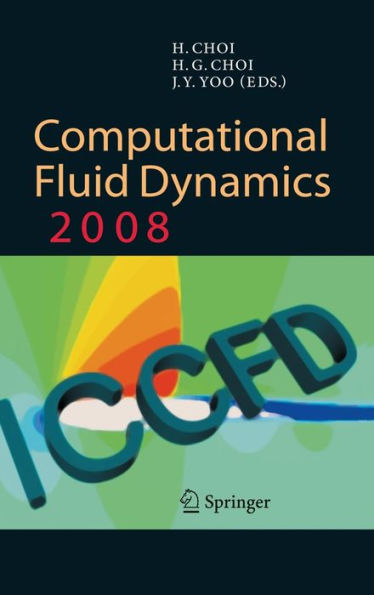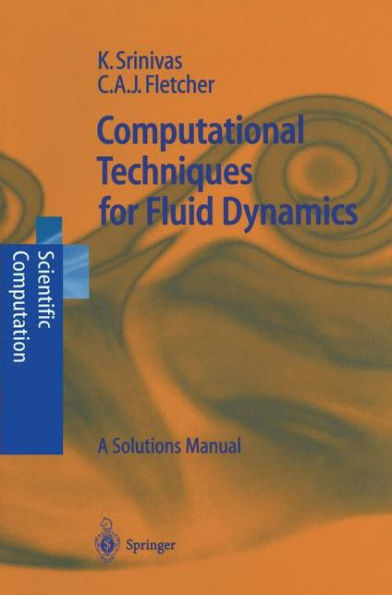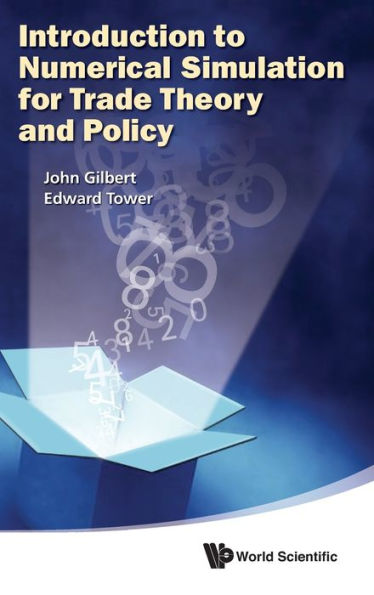Home
Fluid Dynamics: Theory, Computation, and Numerical Simulation / Edition 2
Loading Inventory...
Barnes and Noble
Fluid Dynamics: Theory, Computation, and Numerical Simulation / Edition 2
Current price: $119.99
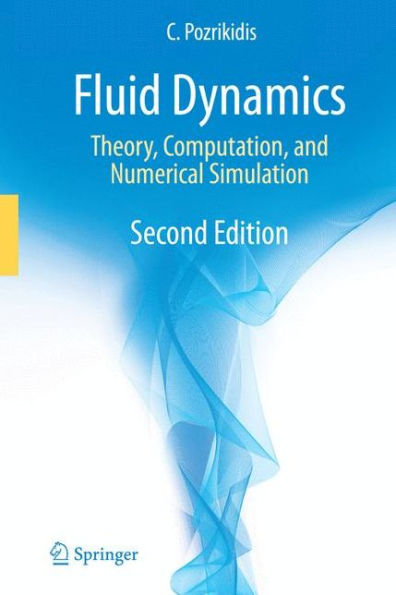

Barnes and Noble
Fluid Dynamics: Theory, Computation, and Numerical Simulation / Edition 2
Current price: $119.99
Loading Inventory...
Size: OS
*Product Information may vary - to confirm product availability, pricing, and additional information please contact Barnes and Noble
Ready access to computers has defined a new era in teaching and learning. The opportunity to extend the subject matter of traditional science and engineering curricula into the realm of scientific computing has become not only desirable, but also necessary. Thanks to portability and low overhead and operating cost, experimentation by numerical simulation has become a viable substitute, and occasionally the only alternative, to physical experimentation. The new framework has necessitated the writing of texts and monographs from a modern perspective that incorporates numerical and computer progr- ming aspects as an integral part of the discourse. Under this modern directive, methods, concepts, and ideas are presented in a unified fashion that motivates and underlines the urgency of the new elements, but neither compromises nor oversimplifies the rigor of the classical approach. Interfacing fundamental concepts and practical methods of scientific c- puting can be implemented on different levels. In one approach, theory and implementation are kept complementary and presented in a sequential fashion. In another approach, the coupling involves deriving computational methods and simulation algorithms, and translating equations into computer code - structions immediately following problem formulations. Seamlessly interjecting methods of scientific computing in the traditional discourse offers a powerful venue for developing analytical skills and obtaining physical insight.
